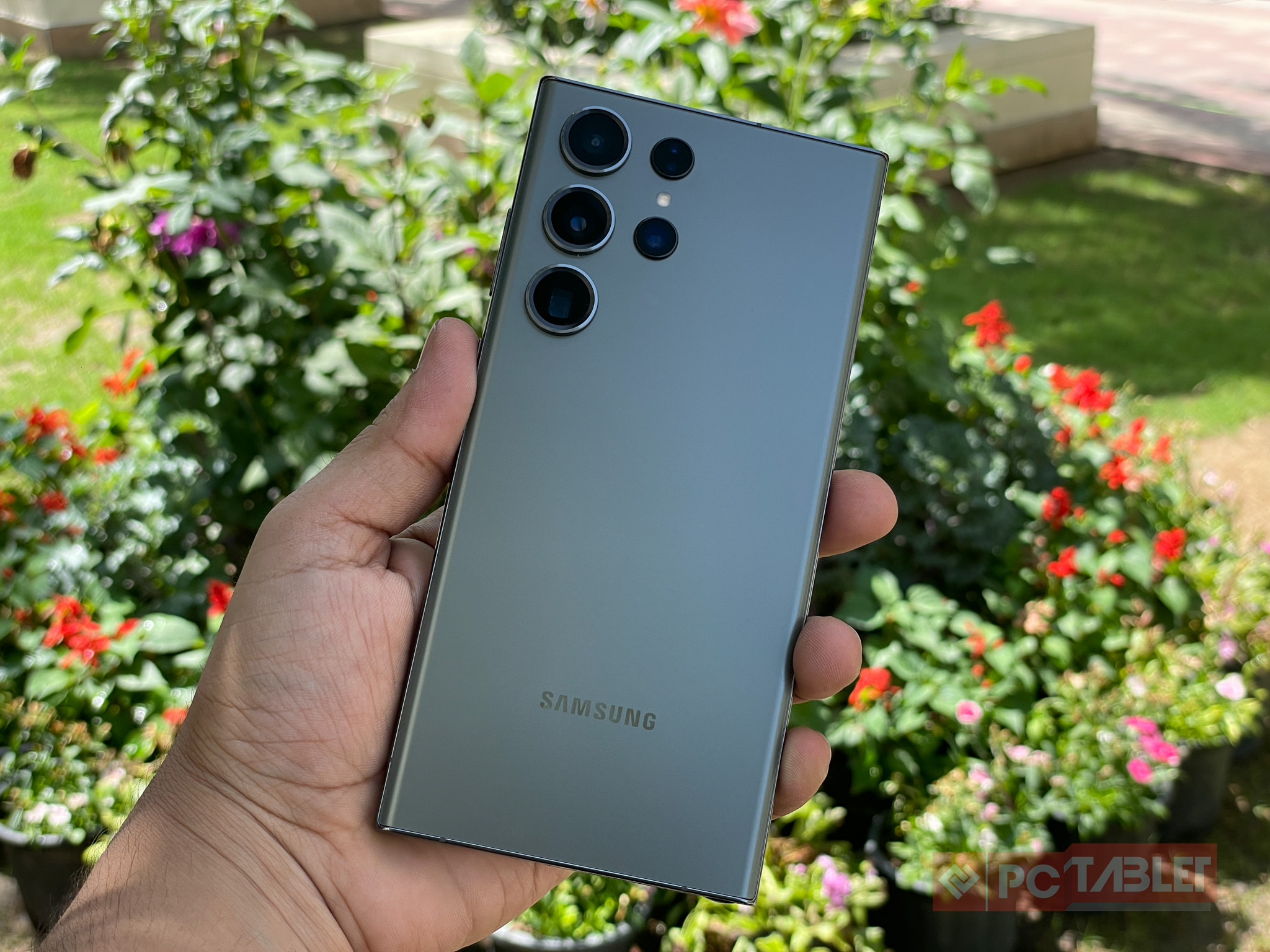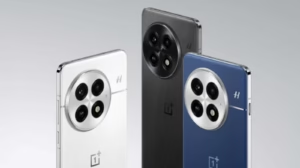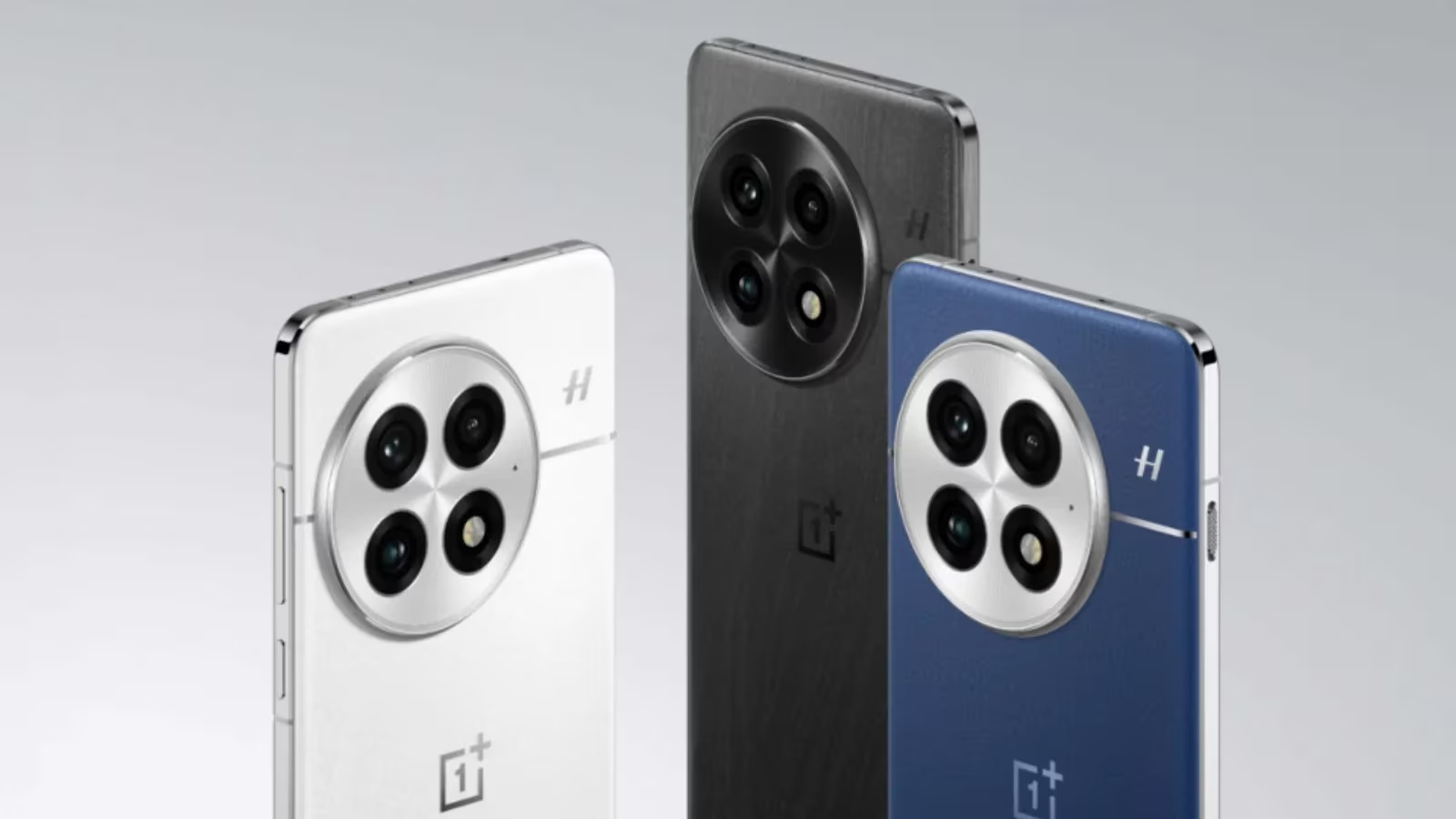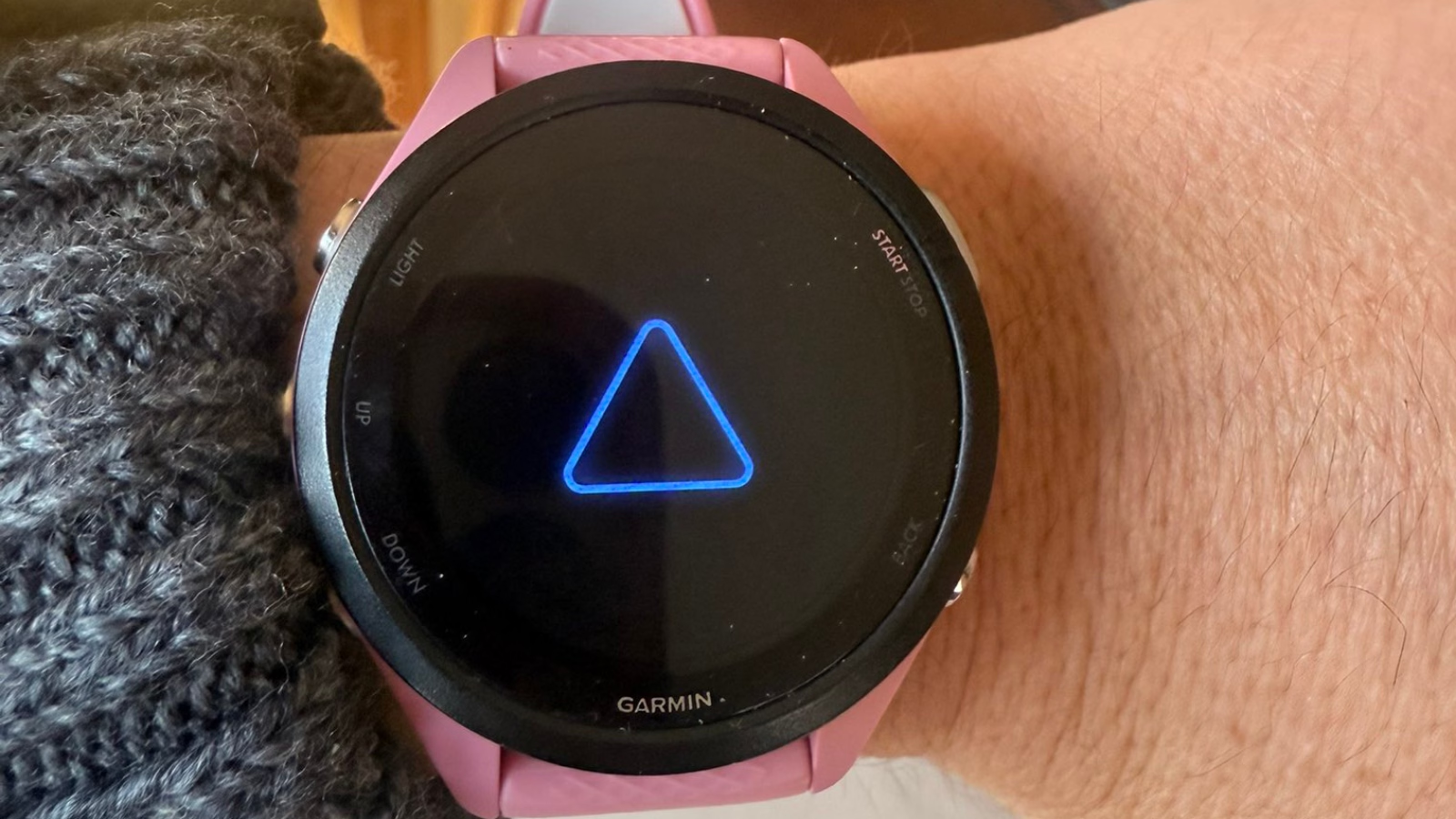The Samsung S22 Ultra marked a significant achievement for the brand as it combined the Note and Galaxy lines into one product. The new Samsung Galaxy S23 Ultra builds on this success, preserving the essential features of the previous model but with some added refinement. The latest version includes a new primary camera sensor and an improved Qualcomm SoC, which enhances its overall performance. However, the cost has increased by INR 15,000, which raises the question of whether upgrading to the new Ultra is worth it, or if it’s better to stick with the existing model. So should you upgrade to the latest Ultra, or stick to the one that you might have? Let’s find out in our review.
Design
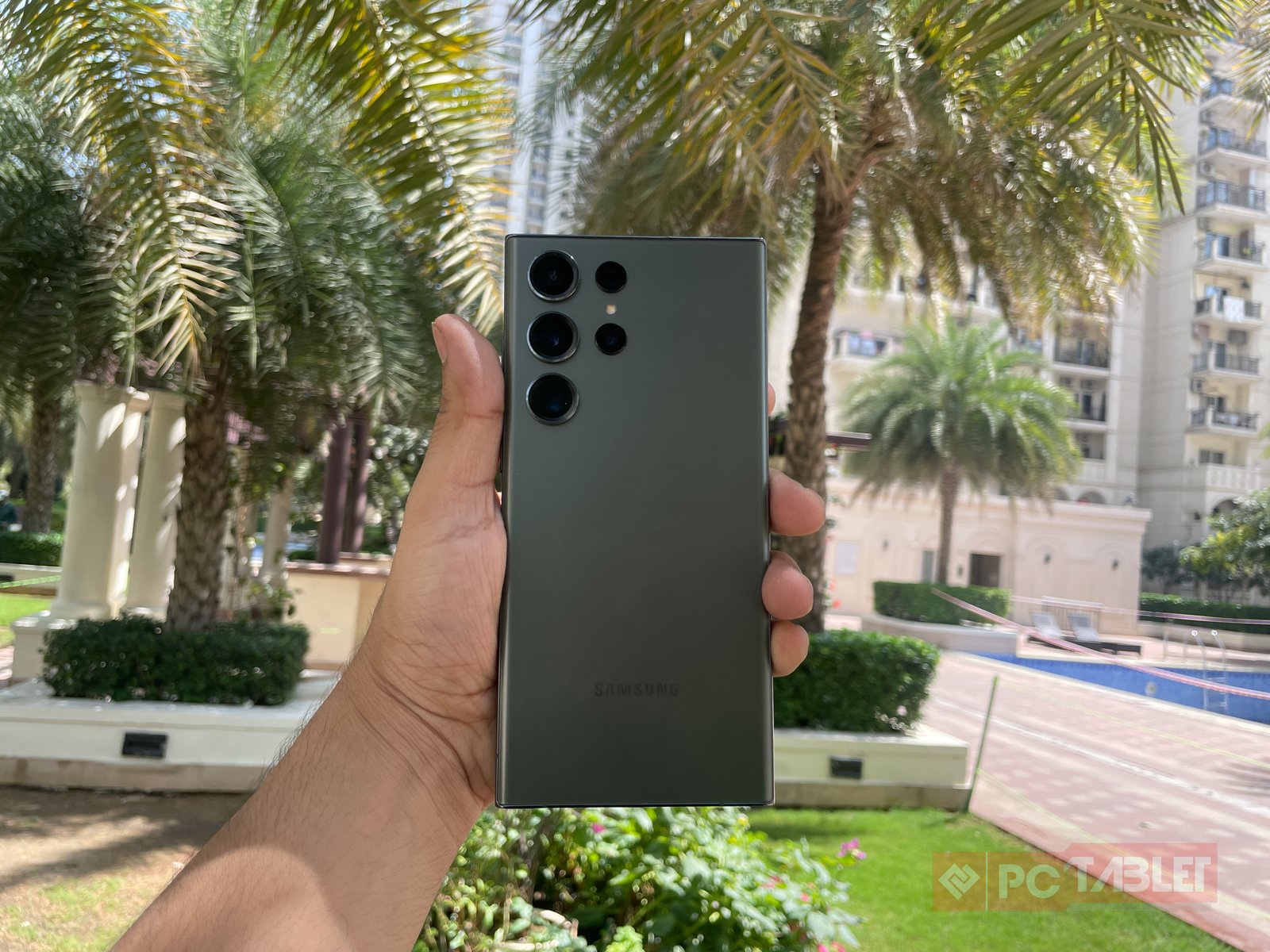 The Samsung Galaxy S23 Ultra maintains its status as a high-end phone in terms of size, looks, and feeling expensive. However, compared to last year’s model, it has gained some weight. The back cameras are larger, and the display is flatter, with a slight curve that provides a slimmer surface area, making it more comfortable to use with an S Pen. These small changes are important in improving the overall grip of the phone when held in one hand. The phone is built to be durable, with Corning’s Gorilla Glass Victus 2 on both the front and back, which helps protect it from accidental drops and scratches.
The Samsung Galaxy S23 Ultra maintains its status as a high-end phone in terms of size, looks, and feeling expensive. However, compared to last year’s model, it has gained some weight. The back cameras are larger, and the display is flatter, with a slight curve that provides a slimmer surface area, making it more comfortable to use with an S Pen. These small changes are important in improving the overall grip of the phone when held in one hand. The phone is built to be durable, with Corning’s Gorilla Glass Victus 2 on both the front and back, which helps protect it from accidental drops and scratches.
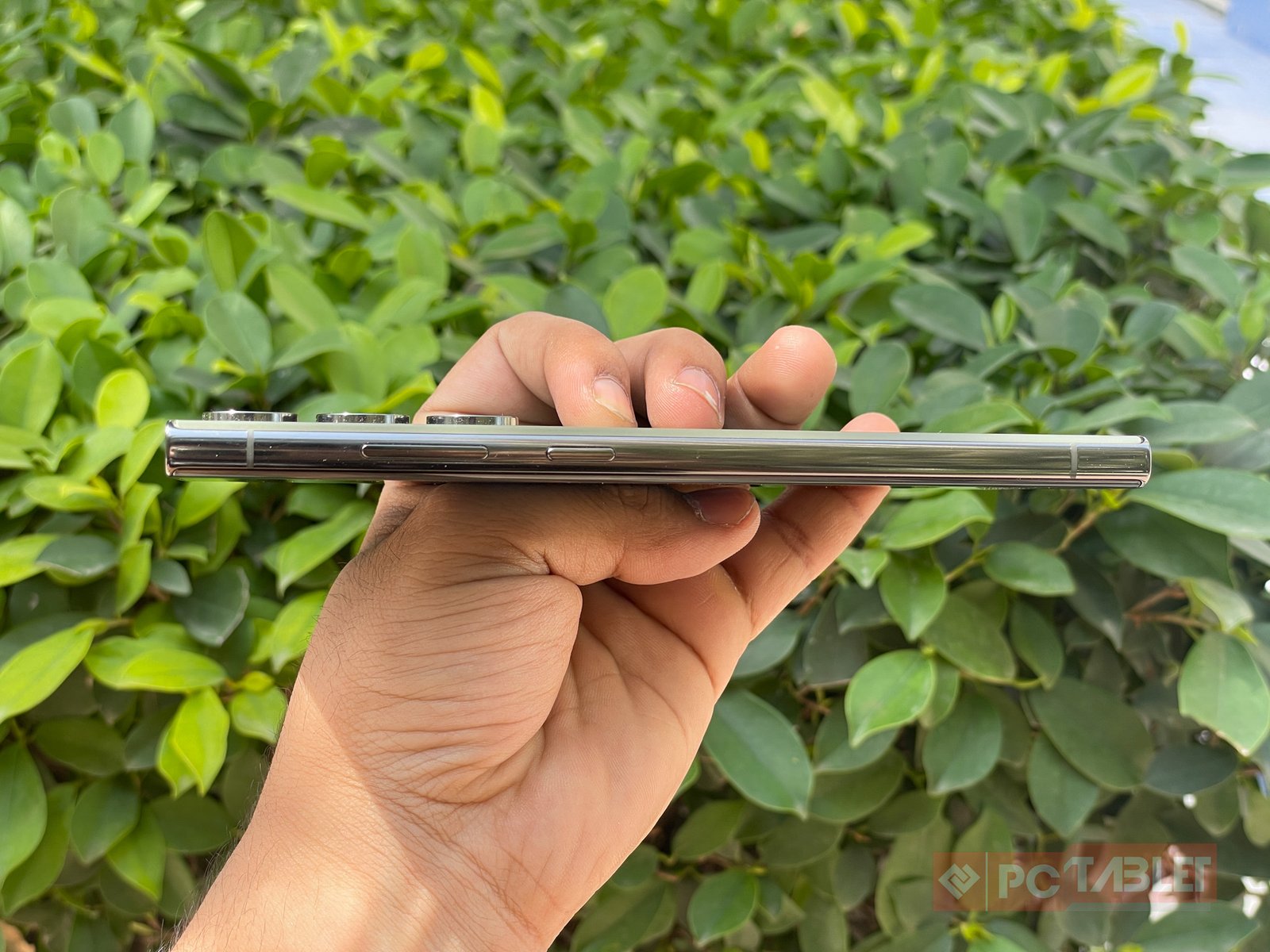
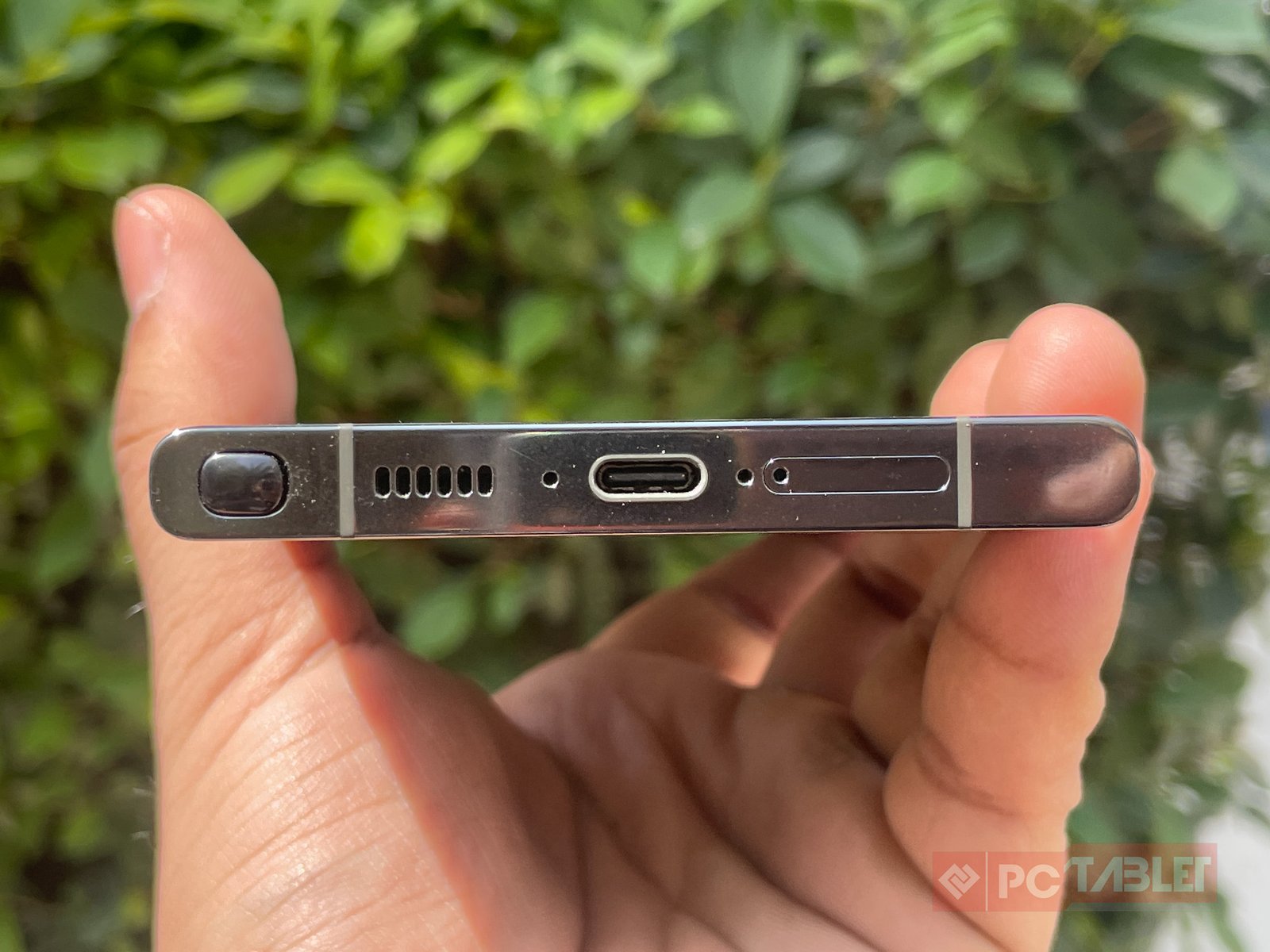
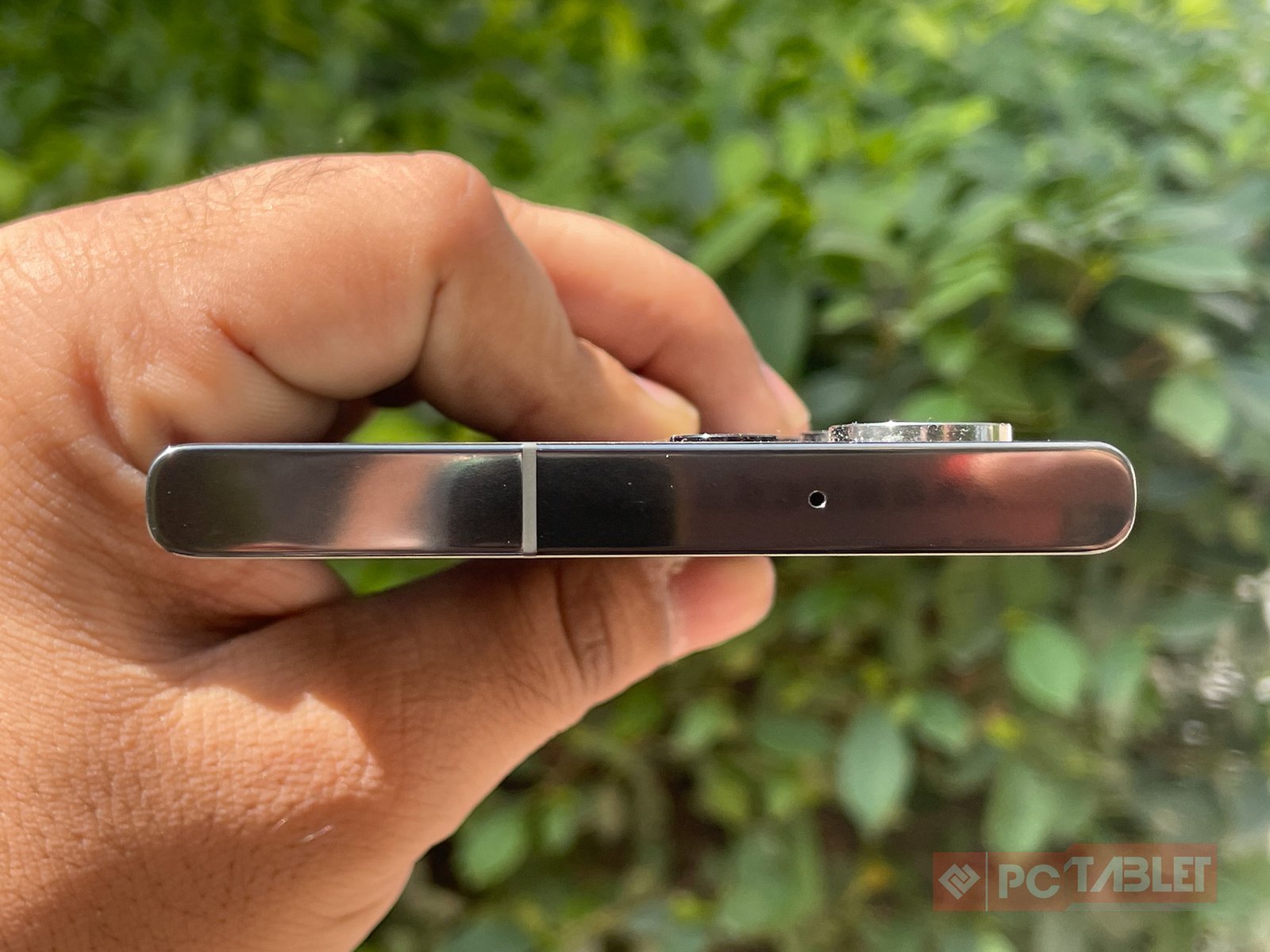 Samsung has also updated the colors of the S23 Ultra, and the olive shade we have for this review has a stealthy appearance. As for the buttons, the power button and volume rockers are located on the right side, while the left side is left empty. The loudspeaker grill and USB Type-C port are on the bottom, and the secondary microphone is on the top. The shape of the S Pen has also been slightly changed, with a flatter clicker, but no new features.
Samsung has also updated the colors of the S23 Ultra, and the olive shade we have for this review has a stealthy appearance. As for the buttons, the power button and volume rockers are located on the right side, while the left side is left empty. The loudspeaker grill and USB Type-C port are on the bottom, and the secondary microphone is on the top. The shape of the S Pen has also been slightly changed, with a flatter clicker, but no new features.
Overall, the Galaxy S23 Ultra is a large phone, and those seeking a more compact and manageable flagship may want to consider the Galaxy S23 instead.
Display
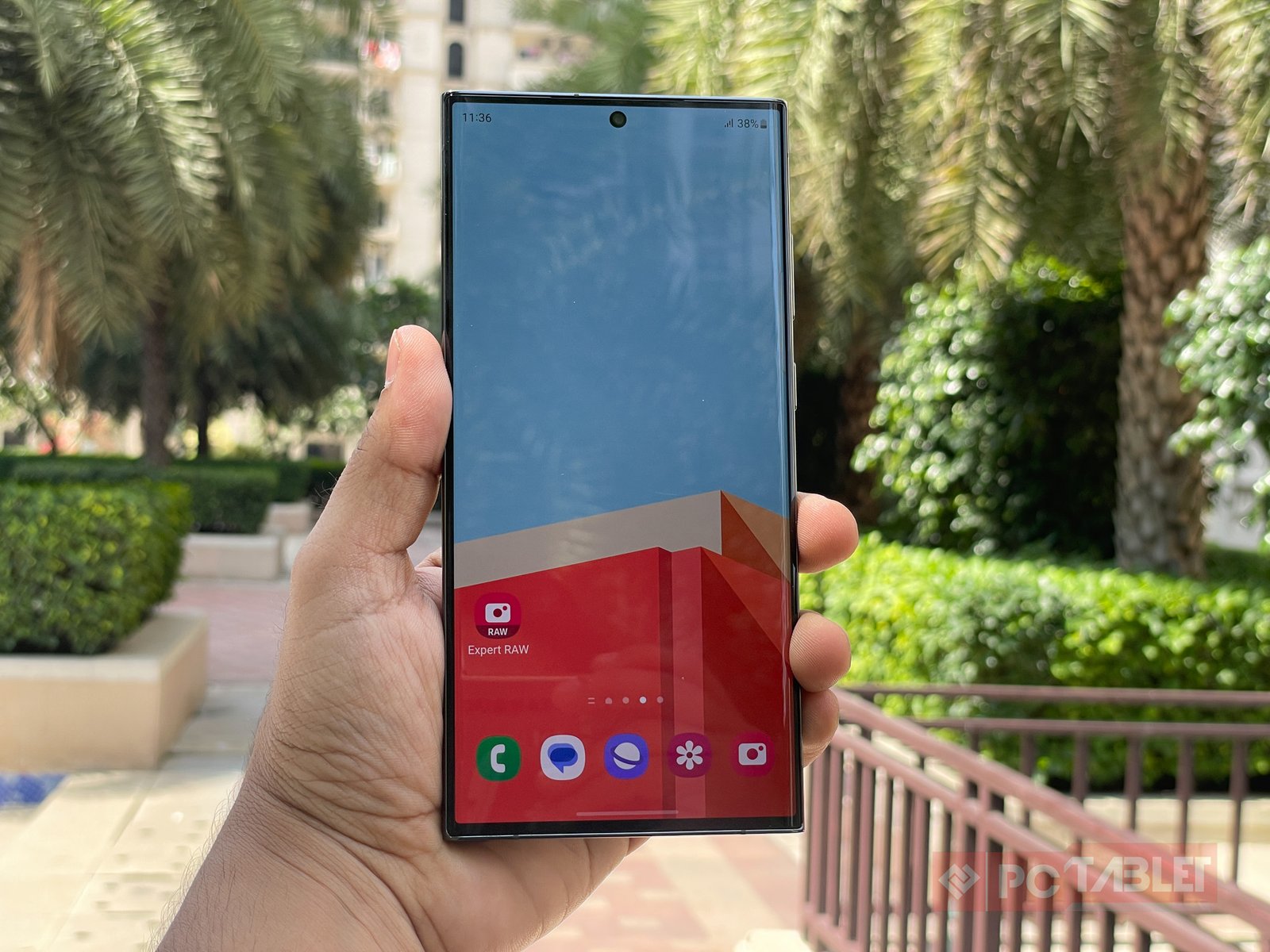 The Samsung Galaxy S23 Ultra boasts one of the most impressive displays currently available on any phone. Like its predecessor, the Samsung Galaxy S22 Ultra, the S23 Ultra has a 6.8-inch QHD OLED screen with a 120Hz refresh rate and a 240Hz touch sampling rate. The display provides a smooth and fluid viewing experience for animations, scrolling, video games, and videos. The colors are vibrant, and there are various preset profiles available to adjust the saturation or tint of the display according to your preferences.
The Samsung Galaxy S23 Ultra boasts one of the most impressive displays currently available on any phone. Like its predecessor, the Samsung Galaxy S22 Ultra, the S23 Ultra has a 6.8-inch QHD OLED screen with a 120Hz refresh rate and a 240Hz touch sampling rate. The display provides a smooth and fluid viewing experience for animations, scrolling, video games, and videos. The colors are vibrant, and there are various preset profiles available to adjust the saturation or tint of the display according to your preferences.
The peak brightness of 1,750 nits is impressive and performs well in bright light conditions. While it may not have the highest peak brightness on the market, the average brightness and HDR performance are among the best in the industry. Additionally, the Galaxy S23 Ultra comes equipped with an ultrasonic in-display fingerprint scanner for added security. During a month-long trial, no issues were encountered, as the scanner worked every time, and was quick to register due to Samsung’s updated training algorithm.
Software & UI
 The Samsung Galaxy S23 Ultra runs on the One UI 5.1 operating system, which is based on Android 13. The UI is sleek and includes smooth animations and transitions throughout. However, the presence of bloatware and third-party apps on a phone of this caliber is somewhat disappointing. Pre-installed apps such as Microsoft 365, OneDrive, LinkedIn, Outlook, Facebook, Spotify, and Netflix cannot be removed, which can be frustrating for some users. We have touched upon this in detail in our Galaxy S23 review.
The Samsung Galaxy S23 Ultra runs on the One UI 5.1 operating system, which is based on Android 13. The UI is sleek and includes smooth animations and transitions throughout. However, the presence of bloatware and third-party apps on a phone of this caliber is somewhat disappointing. Pre-installed apps such as Microsoft 365, OneDrive, LinkedIn, Outlook, Facebook, Spotify, and Netflix cannot be removed, which can be frustrating for some users. We have touched upon this in detail in our Galaxy S23 review.
On the bright side, there are some useful apps included, such as Expert RAW, which is now integrated into the camera app. The Gallery app has also been improved, offering enhanced search capabilities, Shared Family Albums, automatic shadow and reflection removal, and more. Additionally, the app enables users to extract objects, people, and pets from images and save them as PNG files for sharing.
The UI is optimized for use with the SPen, and it functions as expected. Users can take handwritten notes or instantly convert them to characters. However, the palm rejection feature when using the S Pen could be improved in future updates.
Performance
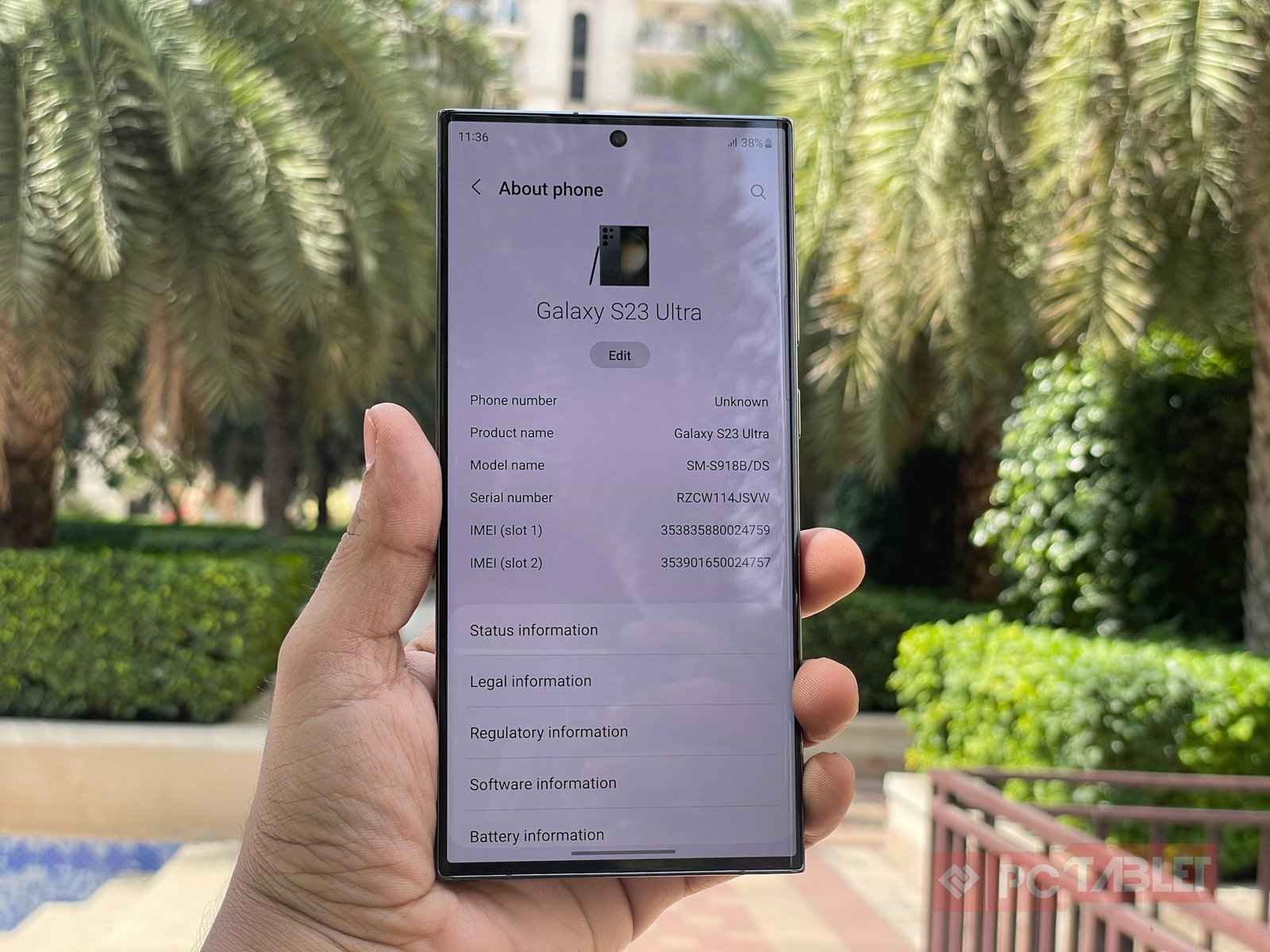 The Galaxy S23 Ultra is equipped with a specialized version of Qualcomm’s latest processor, the Snapdragon 8 Gen 2 for Galaxy, which is promised to offer even higher clock speeds than the standard chip, reaching up to 3.36 GHz. Additionally, Samsung has claimed that the chip comes with an improved GPU that is the world’s fastest mobile graphics in a phone. These promises appear to be backed up by the phone’s performance in various benchmarks, which suggest that the Galaxy S23 Ultra outperforms other flagships using the standard Snapdragon 8 Gen 2 chip.
The Galaxy S23 Ultra is equipped with a specialized version of Qualcomm’s latest processor, the Snapdragon 8 Gen 2 for Galaxy, which is promised to offer even higher clock speeds than the standard chip, reaching up to 3.36 GHz. Additionally, Samsung has claimed that the chip comes with an improved GPU that is the world’s fastest mobile graphics in a phone. These promises appear to be backed up by the phone’s performance in various benchmarks, which suggest that the Galaxy S23 Ultra outperforms other flagships using the standard Snapdragon 8 Gen 2 chip.
In AnTuTu benchmarks, the phone scored an impressive 11,79,528 points, while Geekbench 5’s single-core and multi-core tests yielded scores of 1,513 and 4,626 points, respectively. These scores are significantly higher than those obtained by other flagship phones using the standard Snapdragon 8 Gen 2 chip. The Galaxy S23 Ultra’s performance in everyday use is also noteworthy, with the phone being highly responsive and gliding smoothly through the UI when using the app switcher and moving in and out of open apps.
In terms of graphics performance, the phone is capable of running most games at the highest possible resolution, with no visible stutters or frame drops. The Galaxy S23 Ultra achieved a score of 65fps in GFXBench’s Car Chase test and about 75fps on the 3DMark Wild Life tests. Furthermore, the phone’s bigger vapor chamber cooling area appears to have paid off, as the phone did not experience any noticeable performance dips or overheating issues, even when subjected to intensive tasks.
Overall, the Galaxy S23 Ultra’s impressive benchmark scores and everyday performance suggest that Samsung has succeeded in delivering a phone that can handle even the most demanding tasks with ease. The phone’s specialized Snapdragon 8 Gen 2 for Galaxy chip and improved GPU appear to have paid off, and the larger vapor chamber cooling area ensures that the phone can maintain its performance without overheating.
Camera
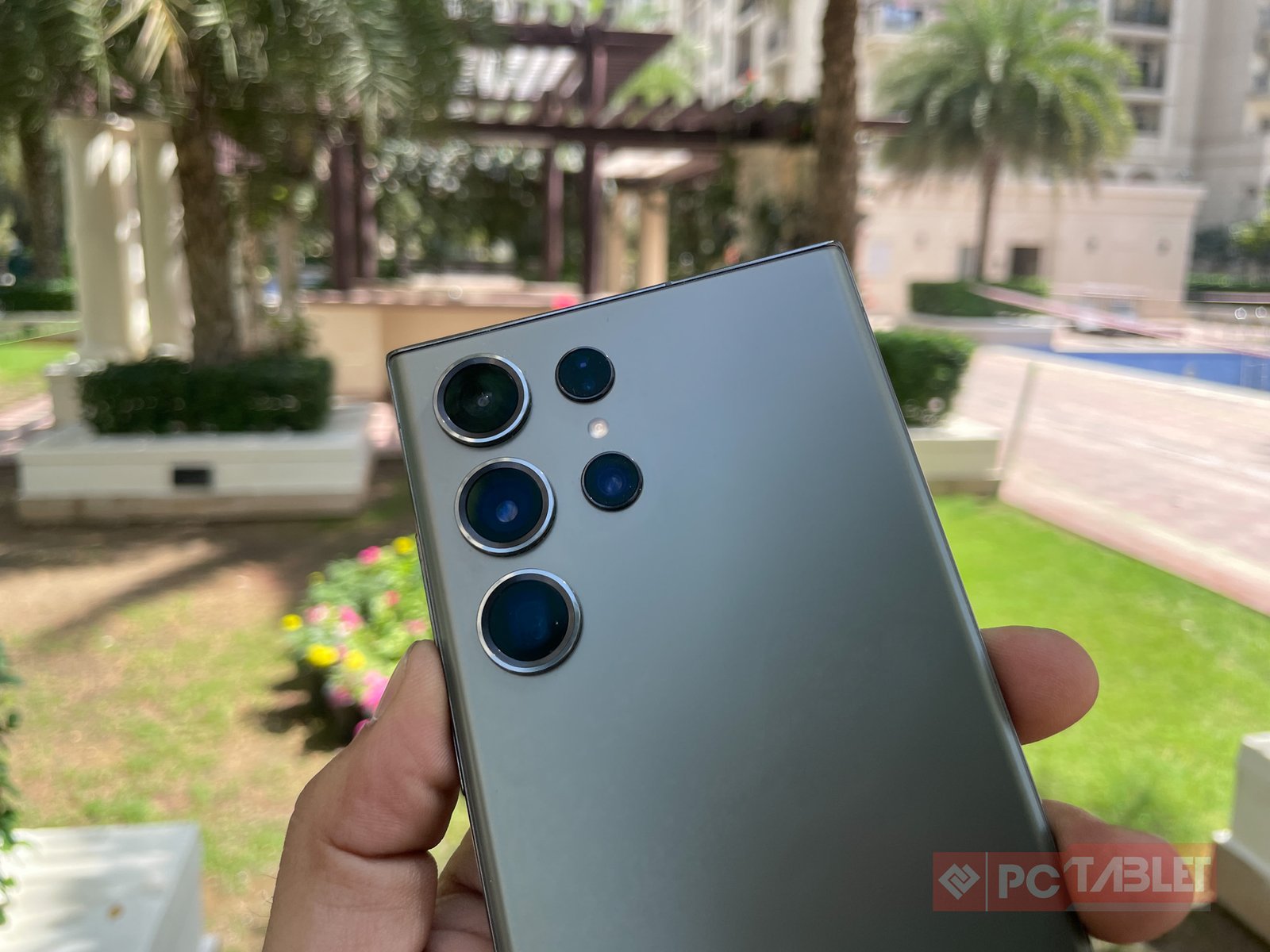 The Galaxy S23 Ultra maintains Samsung’s reputation for exceptional cameras, with the phone being the first in the flagship market to feature the brand-new 200MP primary sensor developed by Samsung. This sensor comes with the new Adapt Pixel technology and the Super QPD, working together to enable much faster autofocus that is now available on the selfie camera as well.
The Galaxy S23 Ultra maintains Samsung’s reputation for exceptional cameras, with the phone being the first in the flagship market to feature the brand-new 200MP primary sensor developed by Samsung. This sensor comes with the new Adapt Pixel technology and the Super QPD, working together to enable much faster autofocus that is now available on the selfie camera as well.
The 200MP main camera defaults to choosing whether to take a full 200MP image or binning it down to a 50 or 12MP image, although higher resolution shots can be forced. However, the 12MP pixel-binned image is considered the best option by most users. Alongside the new 200MP sensor, the phone features two 10MP sensors with 10x and 3x optical zoom, and a 12MP ultrawide sensor. The 12-megapixel selfie camera features autofocus and an 80-degree field of view.
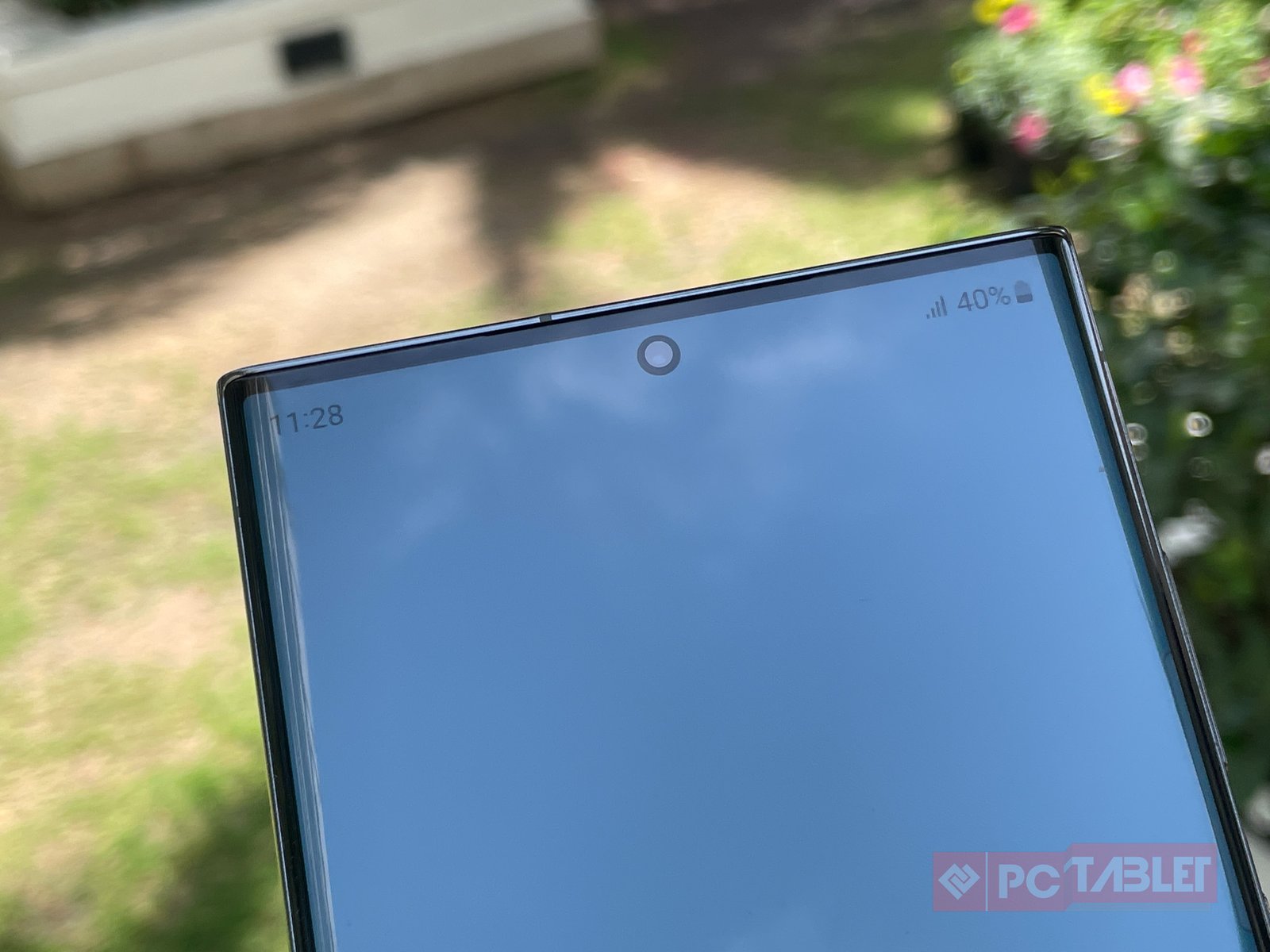 Samsung’s camera app is brimming with features, including the Expert Raw mode, which now appears under the “More” tab in the camera app. There is also a new Astrophotography mode, which captures stunning night sky shots. While the many toggles, modes, and adjustments in the camera app can be overwhelming, there is a learning curve that allows for excellent photography.
Samsung’s camera app is brimming with features, including the Expert Raw mode, which now appears under the “More” tab in the camera app. There is also a new Astrophotography mode, which captures stunning night sky shots. While the many toggles, modes, and adjustments in the camera app can be overwhelming, there is a learning curve that allows for excellent photography.
Most of the time, the main 200MP camera produces top-notch images in daylight, with no oversharpening but slightly boosted colors. If natural colors are preferred, it is best to disable the AI Scene Optimiser feature. The Galaxy S23 Ultra delivers excellent low-light photos with good details and dynamic range, and there is a dedicated night mode that makes good use of AI to capture the best possible images. The 12MP ultrawide and 10MP telephoto cameras capture balanced images with appropriate dynamic range, vibrant colors, and sharpness.
Selfies are crisp and clear with good subject separation when not using the Portrait mode, while Portrait mode yields excellent edge detection. In low light, the camera manages to capture quality selfies with good details and equally good edge detection.

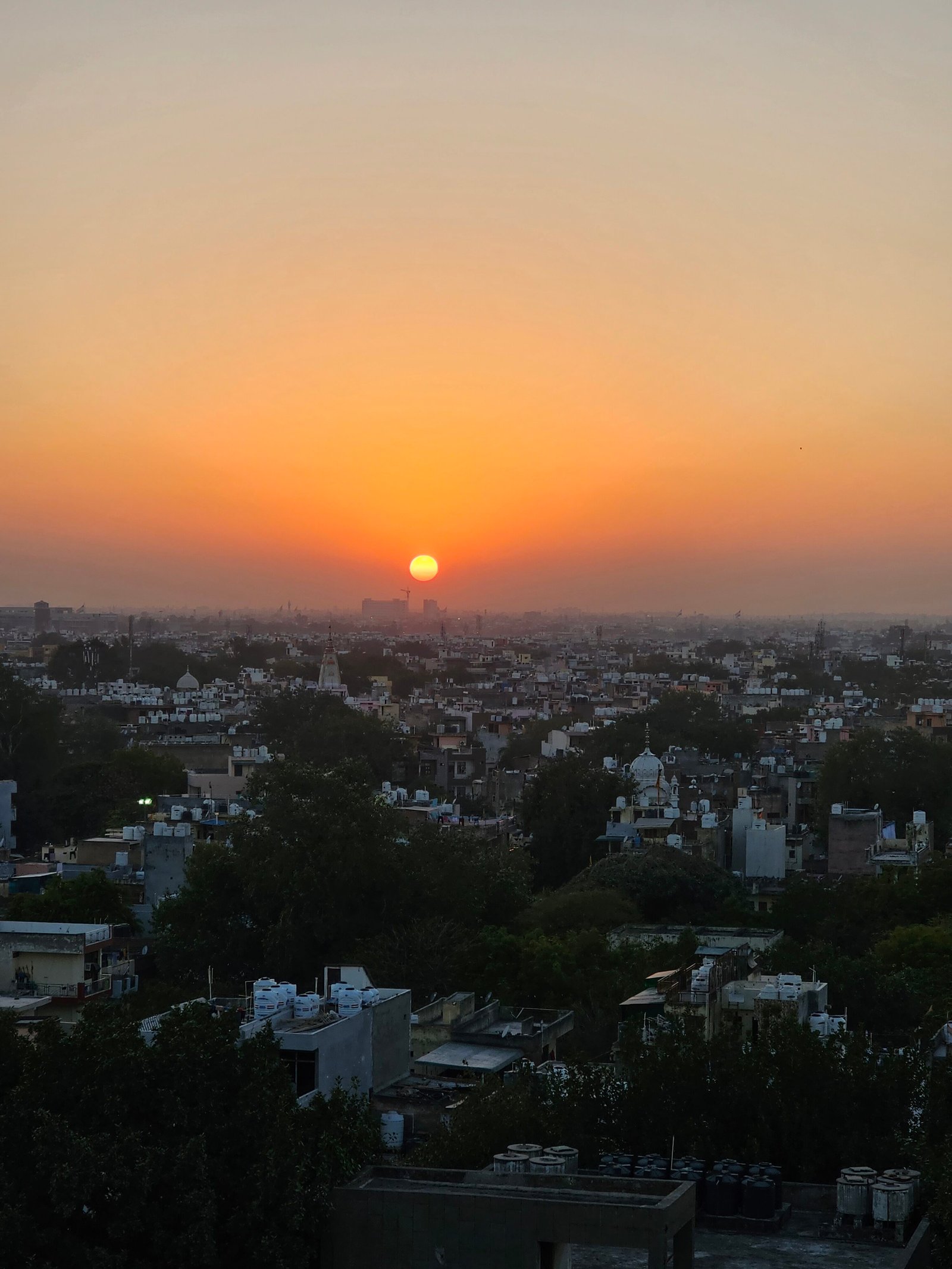



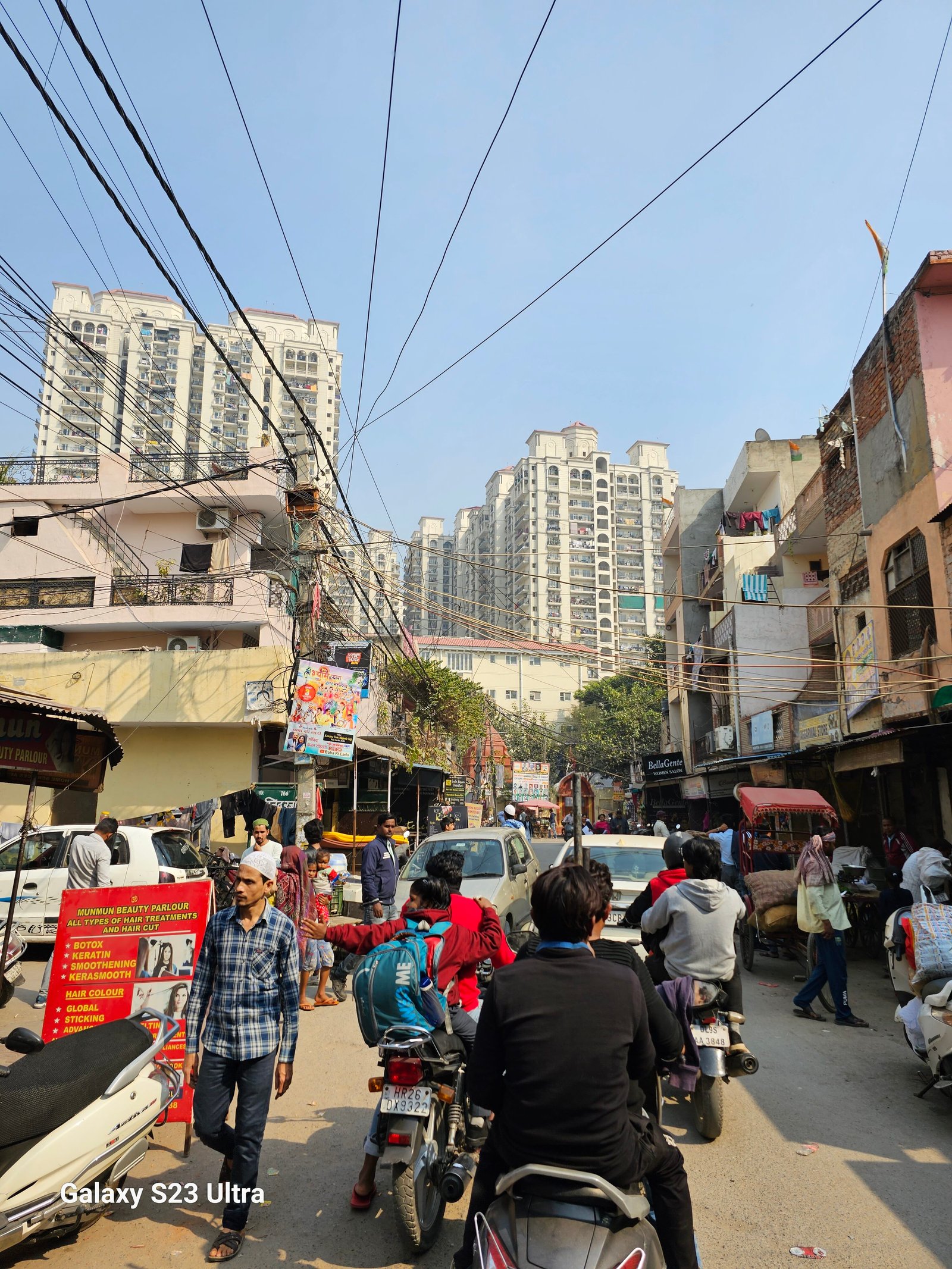
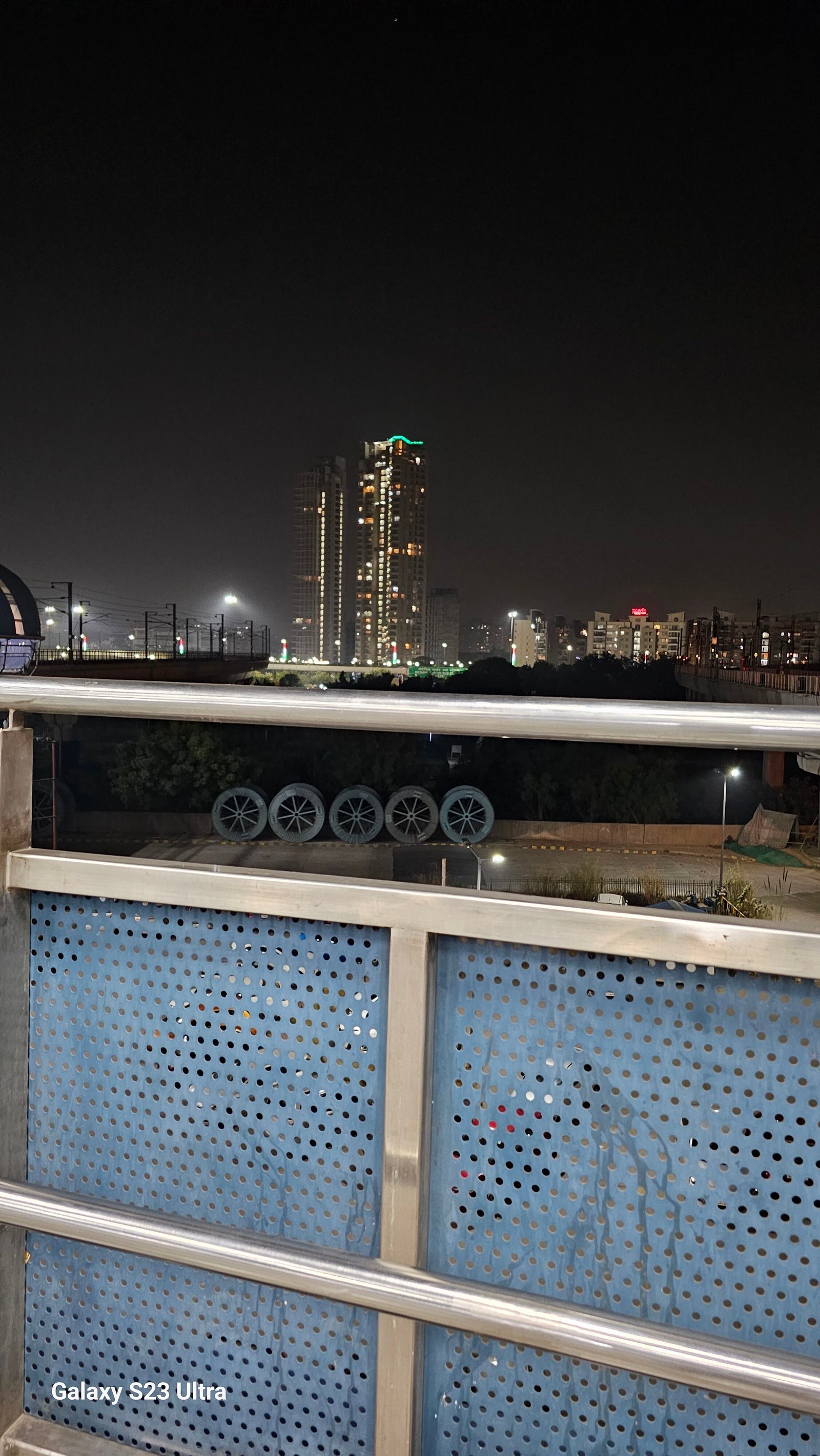 The Galaxy S23 Ultra’s video capabilities have also been upgraded this time around. The new, wider OIS system ensures stable, high-quality recordings with sharpness and quality maintained. 4K videos are quite detailed and have smooth motion, while the option to shoot 8K videos is available, but it requires some polishing, and shooting 4K videos is a better option for now.
The Galaxy S23 Ultra’s video capabilities have also been upgraded this time around. The new, wider OIS system ensures stable, high-quality recordings with sharpness and quality maintained. 4K videos are quite detailed and have smooth motion, while the option to shoot 8K videos is available, but it requires some polishing, and shooting 4K videos is a better option for now.
Battery
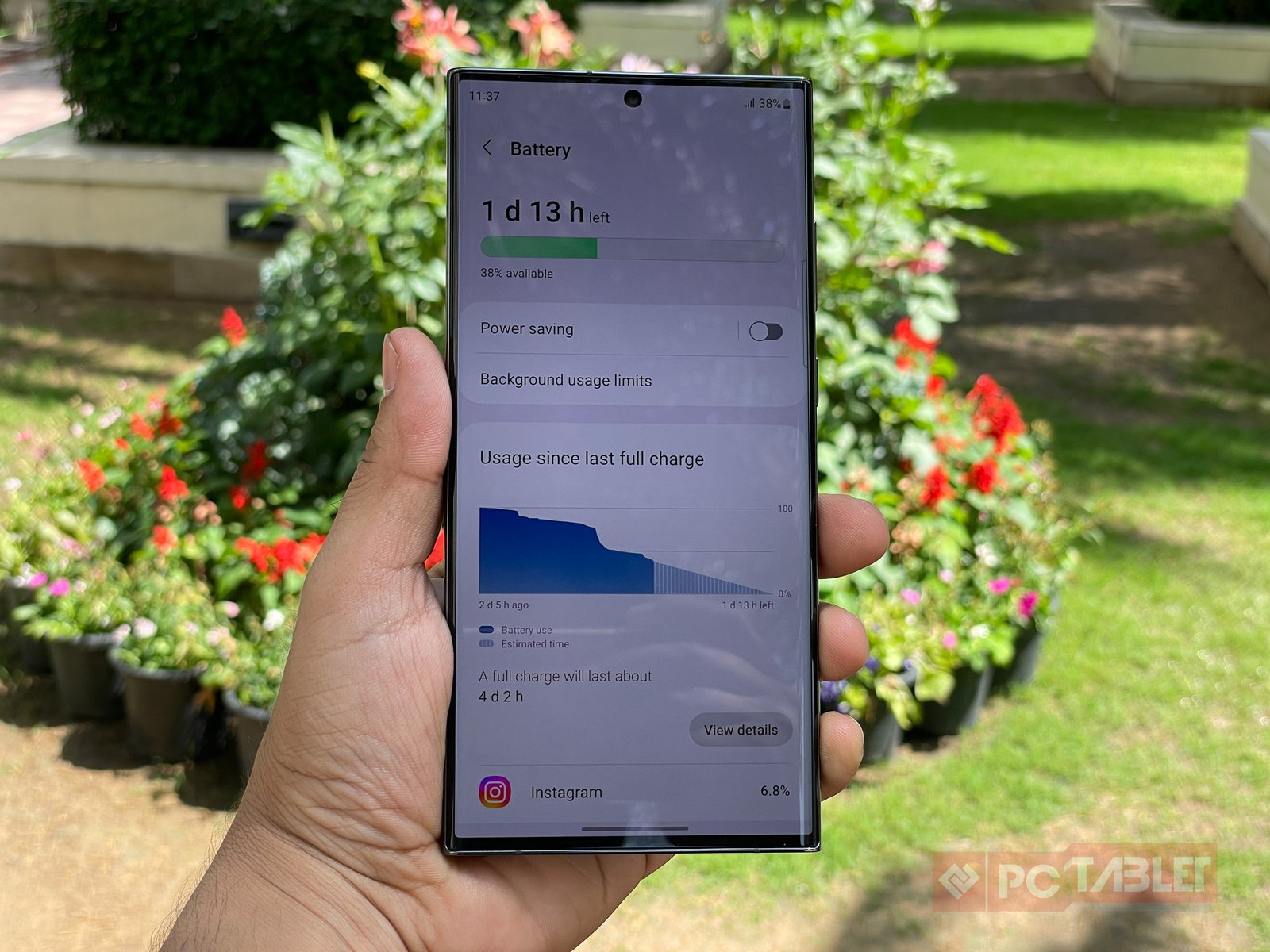 The Galaxy S23 Ultra retains the 5,000 mAh battery from its predecessor, the S22 Ultra. However, the new Snapdragon 8 Gen 2 chip is proving to be beneficial for the phone’s battery life. The battery was able to last up to two days with moderate use, and even with heavy use, it lasted a full day.
The Galaxy S23 Ultra retains the 5,000 mAh battery from its predecessor, the S22 Ultra. However, the new Snapdragon 8 Gen 2 chip is proving to be beneficial for the phone’s battery life. The battery was able to last up to two days with moderate use, and even with heavy use, it lasted a full day.
The phone still supports a 45W input, but the charger needs to be purchased separately as Samsung is not including it with the device. In our testing, we found that the phone charged best with the official 45W charger, and it took almost two hours to fully charge, which is relatively slow compared to other flagship phones.

